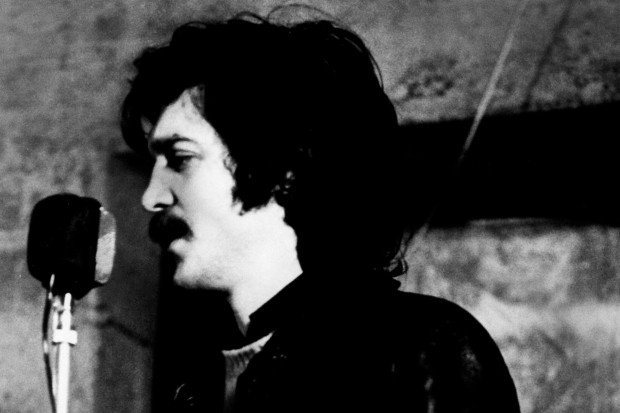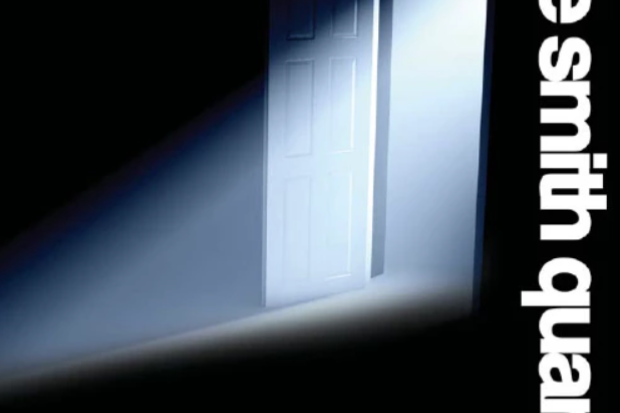
CD Review: Clíona Doris – A Pale Yellow Sky
It is difficult to call to mind another concert harpist of the calibre of County Down’s Clíona Doris who has the imagination to think differently about an instrument perhaps best known by audiences through assumption rather than actual experience, and the daring to test, push and probe the expressive boundaries of what it can do.
A Pale Yellow Sky picks up where her debut recital disc, In Blue Sea or Sky, left off and eloquently illustrates the obviously incident-filled five-year interval between the two. Where that first recording established a tentative bridgehead between the past and the present, this new offering steps boldly into the here and now with six fresh, feisty and vivacious contemporary pieces.
Proceedings get under way with Deirdre McKay’s title track, written for Doris in 2005 in a collaboration with the visual artist Jean Duncan. Its seven sections simultaneously invoke and respond to a silent haiku meditation, each gesture vividly etched, the collective impulse of the work cleverly alluding to the fierce Zen challenge of turning the eye inward.
By contrast, Michael Alcorn’s Psallo employs the literal meaning of its Greek title by layering dramatic foreground and background electronics to ‘sing to the harp’, obliging it, in turn, to respond in startling ways. There is something quietly gladiatorial about the fleet, febrile and various responses of the harp to Alcorn’s disconcertingly muscular arsenal of effects dominated by slithering electronic slides; shrill, ricocheting, disembodied vocals; and ominously rumbling and pounding percussion. Even so, Doris manages to retain the instrument’s crystalline beauty of sound while contorting it into a series of robust retorts to combat and contain the maelstrom swirling around her.
Meditation, meditation, meditation by Jason E Geistweidt (the only non-Irish composer to feature on the album) inhabits a formless world between the acoustic and electroacoustic. Here, the electronic element haunts the harp with mocking interjections lifted from the instrument’s own vocabulary that fold and collapse back into the piece to compel the harp to provide its own spectral accompaniment.
Strong contrast is provided by two solo pieces: Philip Hammond’s sweetly wry A question about angels and the deliciously evaporating sonorities of John Buckley’s endless the white cloud. While both treat the harp in traditional fashion, each asks much of Doris, Hammond’s a concentrated array of techniques deftly executed, Buckley’s built on small motivic ideas that are constantly formed, fused and re-formed in delightful sonic sleights-of-hand.
Neil Martin’s Soundings takes the relentless rhythm of the Atlantic alongside the Donegal coast as its inspiration, pairing the harp with clarinet (John Finucane) and viola (John Lynch) to pretty, poetic and powerful ends, Doris proving to be a fine ensemble leader.
These revelatory performances show just how flexible and expressive the harp can be, with Doris communicating with all the skill of a craftsperson, the sensitivity of a poet and the sensibility of a musician very much in her prime.
Published on 1 November 2008
Michael Quinn is a freelance music and theatre journalist based in Co. Down.















